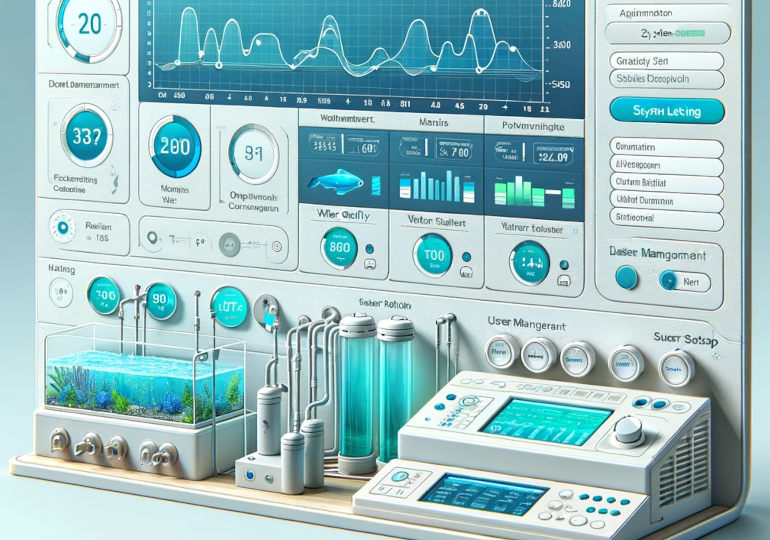H2My will co-develop electrolyzer technology in the future
Until we begin developing and marketing our own innovative water purification technologies, we will utilize and market (store) the opportunities and products currently available on the market.
An electrolyzer plays a crucial role in producing hydrogen from water.
In this method, water is supplied to the electrolyzer. Applying an electric current to the electrodes in the electrolyzer initiates the electrochemical reaction. The electric current splits the water molecules into their components – hydrogen and oxygen – hydrogen gas (H₂) and oxygen gas (O₂).
Hydrogen collects at the two electrodes: The cathode collects, and oxygen collects at the anode. Hydrogen and oxygen are collected separately. The hydrogen can then be stored as an energy source, while the oxygen can either be used or released./p>
The known methods for producing hydrogen from water are:
Electrolyzer:
An electrolyzer uses electric current to split water (H₂O) into its basic components, hydrogen (H₂) and oxygen (O₂).
Thermochemical processes:
These methods use high temperatures and various chemical reactions to break down water into hydrogen and oxygen.
Photocatalytic hydrogen production:
This method uses light energy, or sunlight, to split water directly into hydrogen and oxygen.
Photoelectrochemical cells (PEC):
This method is similar to the photocatalytic method. They also use photoelectrochemical cells (light energy) with additional electrochemical energy.
High temperature electrolysis:
These methods use higher temperatures compared to traditional water electrolysis. High-temperature electrolysis works here, which increases the efficiency of hydrogen production.

